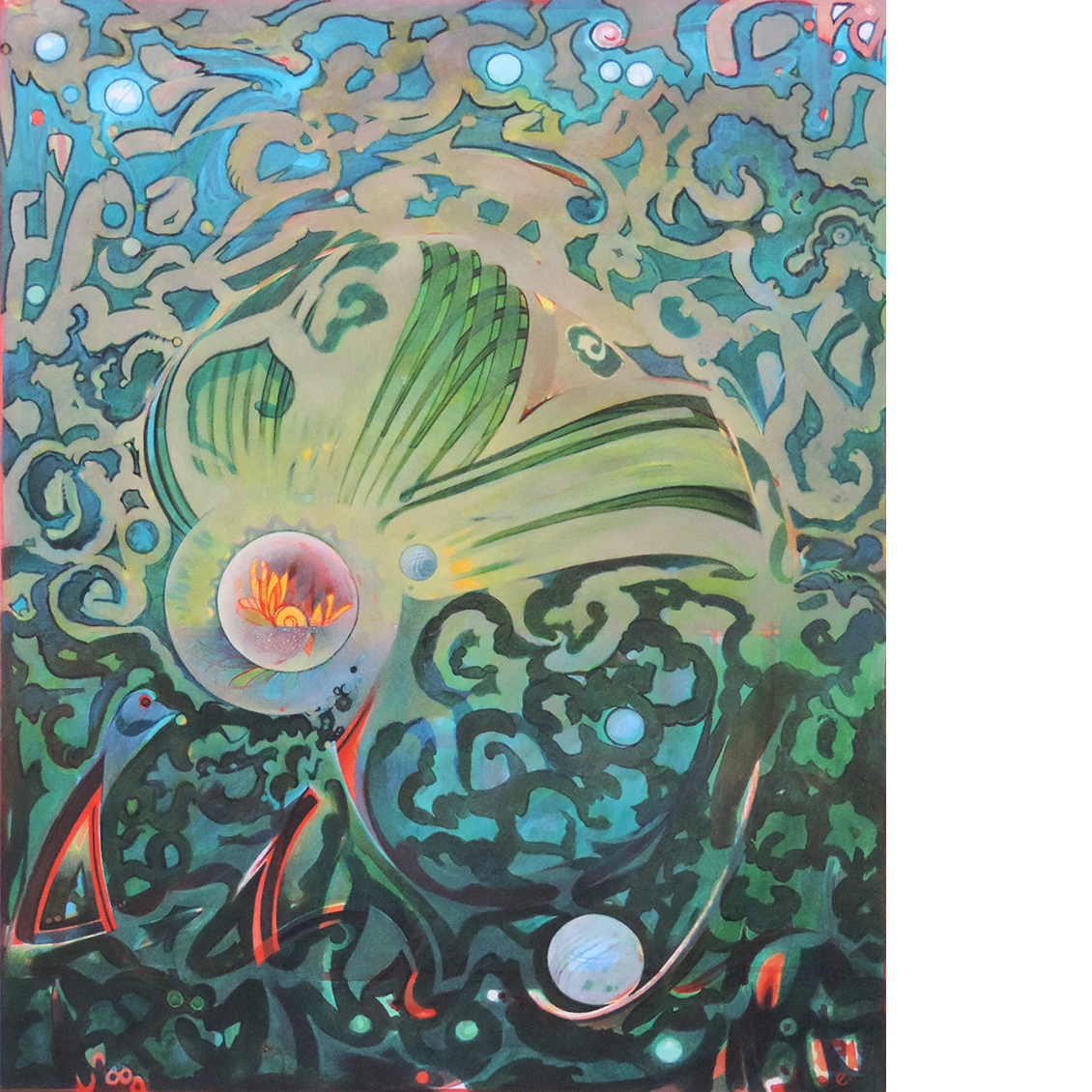

LOG IN

Artist
Steve Emery

Protector
Painting: Oil/Acrylic
As Steve moves through the landscape, infused with the smells, sounds, seasons, he returns to his studio to reinhabit this passage. His paintings begin without a destination, from a single calligraphic brush stroke. As more lines are added, spaces become inviting to inhabit. As elements of interest are born, self-conversations are held regarding their meaning. Often times a central, somewhat seductive, element which emerges, becoming something to rally around. Then, the rallying may take on an even more cryptic, intriguing meaning that renders the original meaningless. As he continues painting, (at times more drawing-with-paint), traces of past elements are left behind; a trail of history, not to retrace steps, but a reminder of the foundation each painting was built upon. He is not an abstract painter, nor a painterly painter. A structure, or language emerges to convey, sing, or dance a story, which is itself a myth of its’ own making. For these reasons, Steve refers to this work as lyrical, a reference to that which moves through time with musical accompaniment. He also works with more realistic, intimate portraits of landscape, both his local Marin, as well as the Sierra. Where the landscape work generally go from transparent beginnings to finished compositions, the lyric work is more experimental and searching. He also plays piano and accordion. Steve works primarily in acrylic on various forms of watercolor paper. Here is a description of technique. “Diluting the acrylic paint to a transparent color, I wipe my brush to get rid of excess moisture, then draw on the paper. The paper is never wet, and the colors become richer with each successive layer applied. The lighter, more luminous colors use the white of the paper to illuminate from behind. I paint layers of color around those areas. The darker tones are more layers of different applied color, slightly less dilute paint, and are generally the last to be applied. When dark areas require a return to light, it takes many successive drawn layers, as acrylic paint is very transparent. IOnce dried it doesn’t dissolve with successive layers. In the initial transparent stages, the composition, details and future are still directionless, but as the painting evolves to become meaningful, I begin to use less transparent colors. I use Arches 300# Hot-pressed watercolor paper, as well as a multimedia board which has a little resin in the paper. Each has its’ own inherent texture and absorbancy characteristics, which becomes more apparent after many layers.”
38 San Francisco Blvd, San Anselmo, CA, 94960

Are you sure you want to redeem?
Yes
No
To redeem a coupon,
you need to be logged in.
you need to be logged in.
sign up
cancel














